Boeing B737-700
last update: 10 December 2020
In early December 2020 we flew with our local carrier to Málaga on a Boeing 737-700. The direct competitor is the Airbus A319. It must be said that we were flying in full second-wave COVID-19 lockdown, so conditions were neither usual nor normal.

Wikipedia has an extensive article where were learn that:-
The 737-100 entered into service in 1967 as a twin-jet, narrow-body aircraft designed for short routes
Over successive generations the 737 evolved into thirteen different passenger, cargo, and military variants
The second-generation (737-300, -400, and -500) were launched in 1979
The third-generation 737-600, -700, -800 and -900 were launched in 1993
The fourth-generation is the infamous 737 MAX launched in 2011.
So our Boeing was one of the so-called 'next-generation' 737-700's first delivered in 1997. It was conceived to seat 126 passengers in two classes or 149 in an all-economy configuration. In 2008 it would have cost around $35 million, and a 2003 aircraft is estimated in 2023 to be worth $6 million ready for scrap/recycling.
Below we can see how fundamental the 737 family is to Boeing and how they compare with other aircraft in terms of range and passenger capacity.
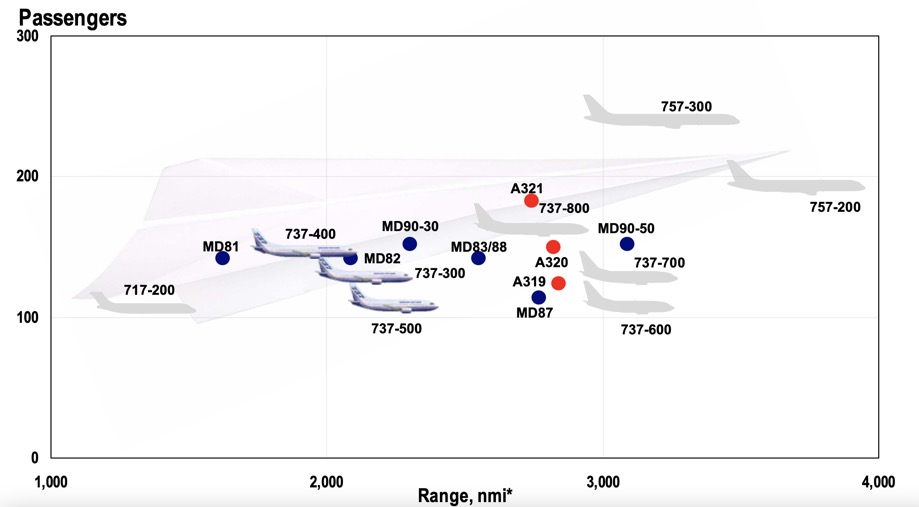
(nmi is the maximum range at full passenger payload)
The 737 MAX tragedies have tarnished the reputations of both Boeing and the 737 family. Nevertheless aircrafts from the 737-100 have been operating for over 50 years, and deliveries exceed 10,000 aircraft, with another 5,000 in the order books. The 737 family has been very successful with the 'middle-of-the-road' no-frills airlines, starting with Southwest Airlines (who own a flute of 754 737's).
A bit of history
The prototype 737 started out as NASA's Transport Systems Research Vehicle which was acquired by Langley Research Centre in 1974. Over a 20 year period this 'research vehicle' played a critical role in developing and gaining acceptance for numerous significant transport technologies, including "galls cockpits', airborne wind shear detection systems, data link for air traffic control communications, the microwave landing system, and the satellite-based Global Positioning System.
Our particular 737-700
We wore a surgical face mask throughout our trip, changing it once we had arrived in Malaga.
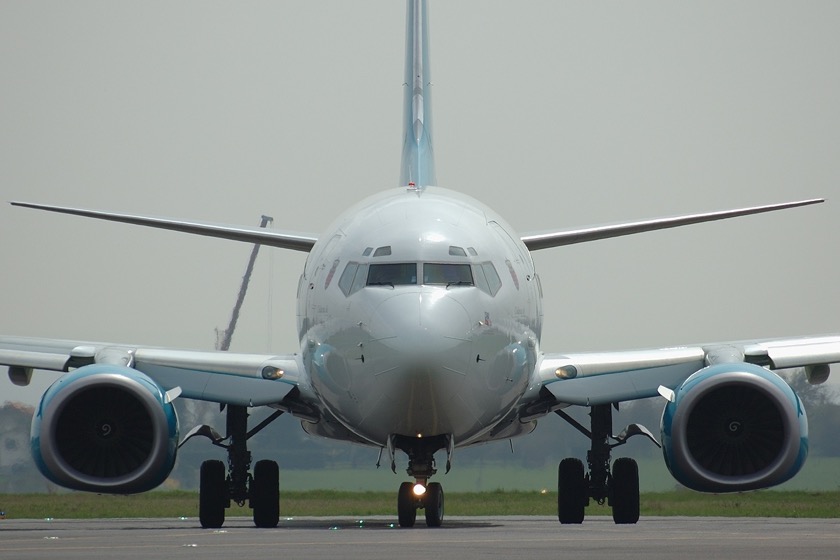
Our local carrier runs both 737-700's and 737-800's, our specific aircraft was a 737-700 dating from early 2004 (so nearly 17 years old). As far as I understand things it's a 142 seat version, which according to the model codes and serial numbers might be a specific configuration destined only for our local carrier.
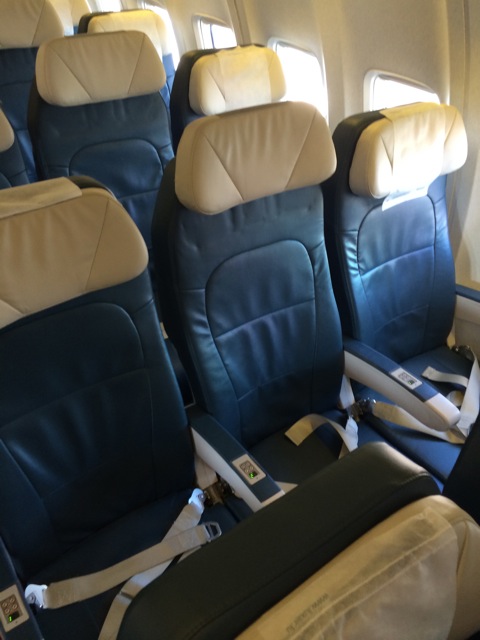
The normal economy seating configuration for the 737-700 was between 140 and 149 seats. The seat width was 43 cm, and the pitch varied between 76-81 cm (with 81 cm being called 'economy comfort'). The only distinctive feature was the variable height headrests.
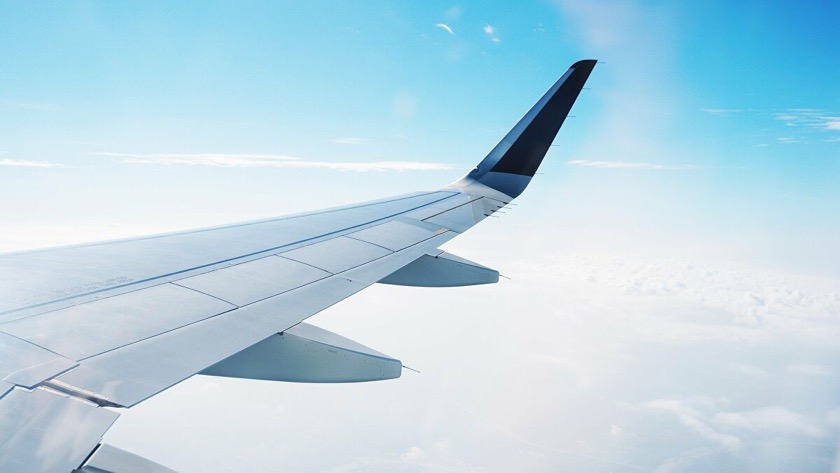
The most distinctive, some say dramatic, feature of the aircraft itself are the winglets. These appeared on the 737-700 in 2000 and were retrofitted on older models. Winglets are wingtip extensions which reduce lift-induced drag, provide some extra lift, and reduce fuel consumption. More specifically:-
Winglets improve take-off performance by allowing a steeper climb, particularly useful for obstacle-limited or noise-restricted airports
Better climb performance allows lower thrust settings, thus extending engine life and reducing maintenance costs
They lower drag and improve aerodynamic efficiency, thus reducing fuel burn by up to 6%
An improved fuel efficiency can be translated into a measurable increase in range
The improved fuel efficiency reduces NOx emissions by 5%
The enhanced performance can cut noise at take-off by up to 6.5%.
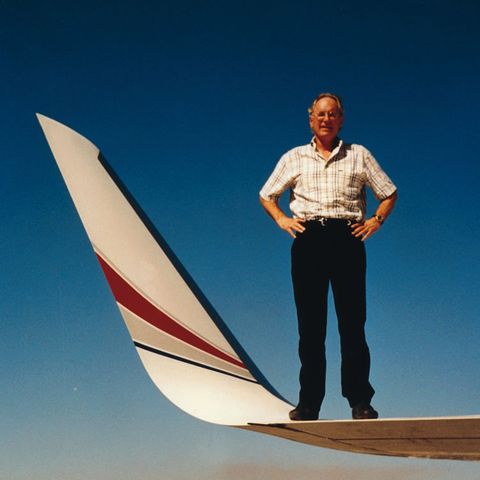
It is also interesting to see that the winglets look quite small sitting on the wingtips, however they are nearly 2.5 metres tall and 1.2 metres at the base, adding about 1.5 metres to the wingspan.
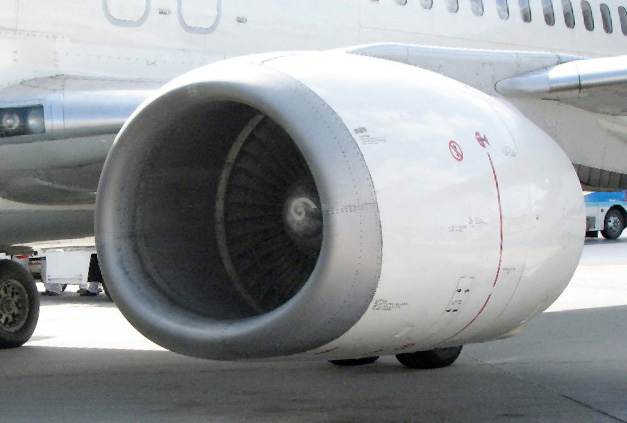
Our particular 737-700 had two CFM56 engines, which have been fitted to more that 5,000 737's.
Our particular aircraft can usually be found flying to Malaga, Faro, Nice, Dublin, Porto, Gran Canaria, Lisbon, but it has also bee seen in the past in but has been seen in Hamburg, Valladolid, Alicante, Geneva, Milan, Munich, Corfu, Malta, Berlin, Rome, Stuttgart, Salzburg, Brest, Cologne, Lanzarote, Budapest, Ajaccio, Rostock, and Madeira.
Our flight
Frankly the only points that stuck in my mind were the following:-
The restriction concerned hand baggage, which was clearly not applied in all cases
The claim that boarding would be in small groups, which was not the case
The claim that passengers would be widely distributed inside the aircraft, whereas in fact we were put in a row of three people when the row behind was empty
The "optimised catering concept" is certainly designed to "minimise interactions and contact" between crew and passengers, but not to optimise the time spent by passengers without face masks
Being a package-tour flight, seating was cramped, but knowing that they would not be full for a substantial period of time they could have reduced the number of seat.
I suppose a positive was that the crew were totally unmemorable throughout the entire flight.
Our flight actually left 10 minutes late but arrived 11 minutes early.
Accidents
Our specific aircraft had been involved in two 'minor' accidents. The first was when it slid off the taxiway in 2013, and the second was when it had to return to the airport because of a leaking door seal.